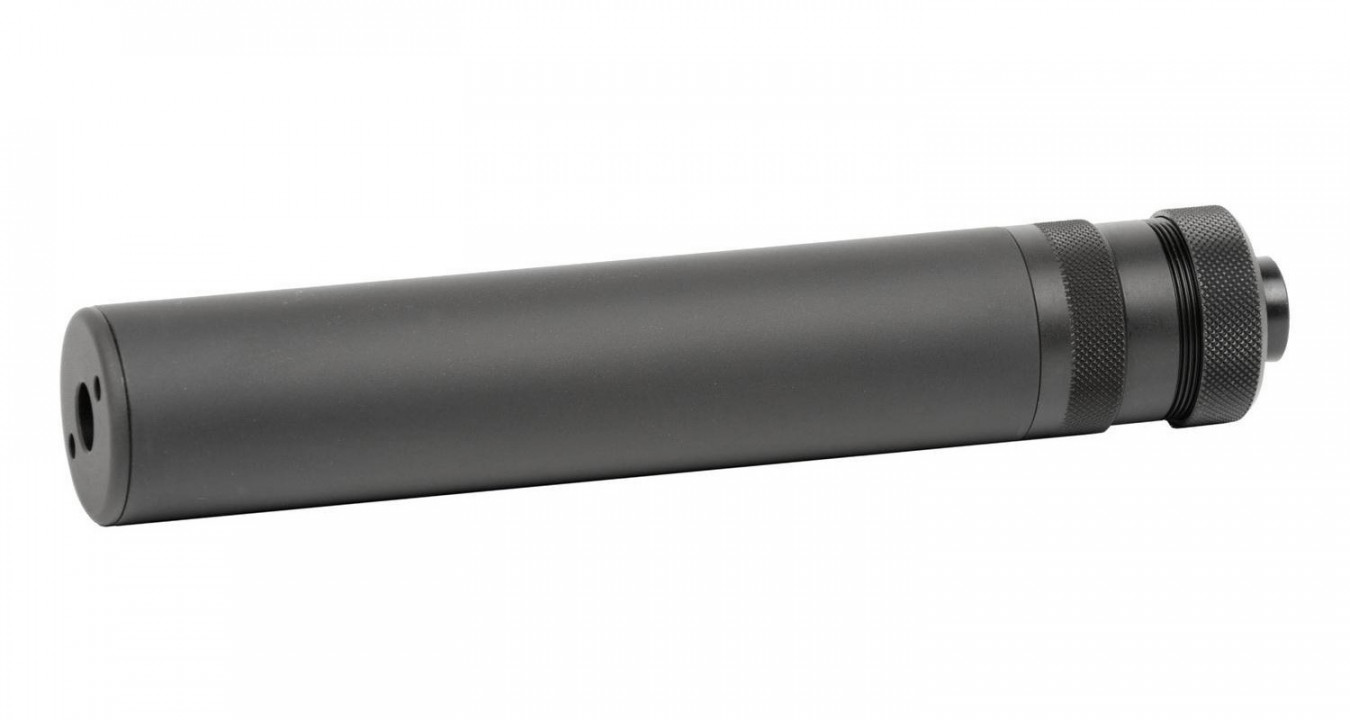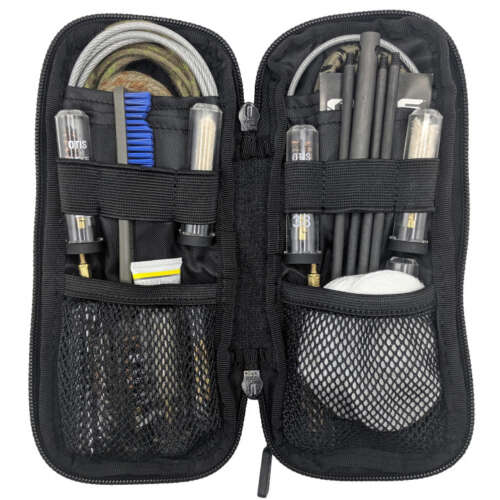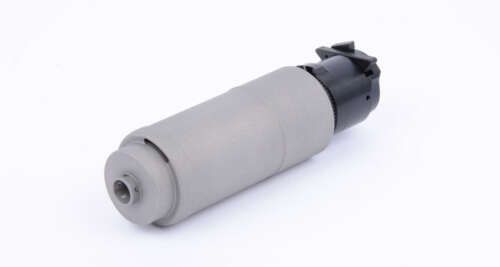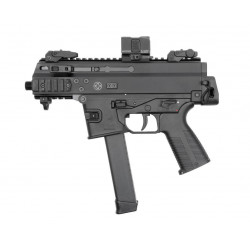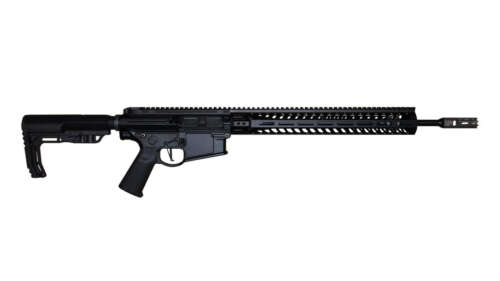Description

B&T Impuls IIA for SIG P226, P228 & P229 in M13.5 x 1mm LH (Left Hand = for left-hand thread):
B&T is a Swiss company specializing in the manufacture of high quality small arms, silencers and accessories. Nevertheless, B&T is best known for its original core business: its exceptional sound suppressors who have forged its reputation for nearly 30 years.
The best known B&T silencers have been adopted by many armed forces and many special units, whether military or police. This is particularly the case of the Impuls IIA, the Rotex III and V, the Rotex IIA, the QD model planned for the MP5 and the APC9/SPC9, etc…
The Impuls-IIA model is also the only model recommended specifically by several renowned manufacturers, such as Glock and HK for example.
Characteristics:
– Construction in aeronautic alloy, in stainless steel, and in nitrided steel.
– Exterior finish: military type III anodizing (HAIII) for aeronautical alloy parts, and double nitriding (QPQ) for steel parts.
– The maintenance-free valves are in aeronautical alloy machined in the mass. Their very sophisticated profile gives them exceptional efficiency. They will give the lowest sound level with subsonic ammunition, but conventional (supersonic) ammunition can be used continuously without damaging it.
– The valves have an asymmetrical construction.
– Booster(*) in steel protected by double nitriding (QPQ): it is therefore highly protected against corrosion (800 hours in salt spray) and against wear.
– The booster includes an internal polarizer which allows, thanks to the asymmetry of the valves (which are therefore also provided, by nature, with a mark) to adjust the point of impact of the weapon by reorienting the amplifier inertia in relation to the body of the silencer (and therefore in relation to its valves, because it is the asymmetry of the valves which allows this functionality).
(this operation is optional if the weapon is used only with silencer (in this case it is enough to regulate the rise of the weapon), but this faculty is particularly interesting if one uses the weapon with or without this one because it is then possible to calibrate the silencer so that the point of impact corresponds to the initial setting of the weapon).
– Laser engraving of the different markings.
– Comes with a cordura sheath that can be worn on the belt.
– Weight: 360 grams.
– Total length: 199mm (extends the weapon by 185mm).
– Diameter: 35mm.
– Attenuation: 32 dB(A).
– Thread: M13.5 x 1mm LH (other threads: see page “Sound Moderators”).
– Made in Switzerland.
NOTES:
– An attenuation of 32 dB(A) of a subsonic ammunition corresponds approximately to the sound level of a compressed air rifle of modest power with a lower tone (or more muffled, it is very subjective).
An attenuation of 32 dB(A) from a supersonic ammunition is still very impressive and corresponds approximately to the sound level of a supersonic 22LR fired in a rifle (a 22LR pistol is much louder). The difference is mainly linked to the presence of the sonic boom that no silencer can attenuate.
– The left-hand thread (screwing the silencer anti-clockwise seen from the front), although less ergonomic, was chosen to greatly limit the chances of unscrewing during firing because in a barrel with its grooves on the right (clockwise seen from the rear), the ball prints a sharp movement tending to unscrew an accessory having a pitch on the right. The step to the left opposes this phenomenon. This is an important consideration for semi-automatic weapons.
Notes on terminology:
– (*) The term “booster” refers to the inertial amplifier incorporated in all B&T Impuls-IIA. This allows the operation of a pistol having a mechanism operating on the principle of opening delay by short recoil of the barrel before unlocking (often on the modified Browning principle). On these weapons, the additional mass of a silencer would jeopardize the reliability of the gun. The “booster” avoids having to modify the barrel or change the recoil spring.
– The use of the word “silent” is used by abuse of language by the vast majority of the profession, including by ourselves. In all cases, these are sound moderators whose objective is to reduce the sound level to a level that is not harmful to the human ear. We will continue to use both terms because the first is strongly rooted in popular culture.



